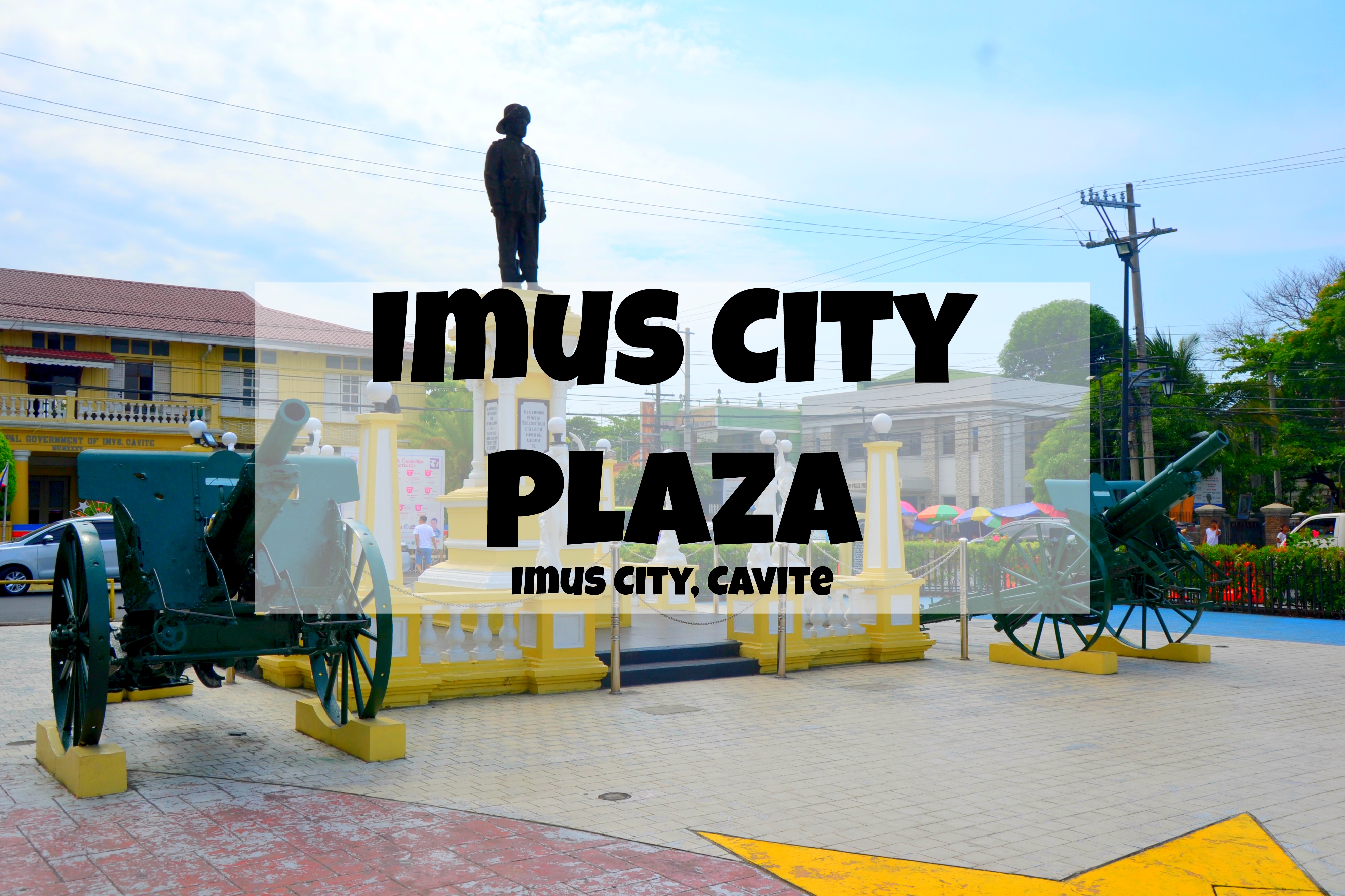Have you ever tried eating a decoration in your house? I have...
 |
| Kiping |
Now before you judge me as a weirdo, let me first tell you about the decoration that I ate...
 |
| Kiping of Lucban |
 |
| Check out those colorful chandelier-like decorations... They taste good... |
This brightly colored leaf-shaped decorative ornament is called a kiping. Nope, it is not made of plastic but of rice paste. It is considered an integral part of the San Isidro Pahiyas Festival in Lucban, Quezon.
So how is a kiping made?
 |
| He'll show us how... |
 |
| Kiping ingredients... |
Making a kiping is a process called pagkikipi. One must first collect mature leaves of either the kabal, cocoa, or umbrella tree. These leaves will be used as molds for the kiping, hence its shape. Each leaf can be used three times (you'll find out why later.)
 |
| Choose a leaf... |
 |
| cut the leaf to make it fit your steamer |
 |
| prepare the rice paste |
 |
| Put the food coloring in the paste... |
Now to make the rice paste... Soak the rice for two hours until it becomes soft then ground it with water until it becomes paste-like. Add at least three packets of food coloring and 1/2 teaspoon of rock salt for every ganta of rice. Speaking of rice, it is said that the laon variety of rice is the best to use in making kiping. According to the master makikipis, the laon rice prevents unnecessary cracking of the kiping. On the other hand, superstitious folks believe that the magkikipi should avoid talking while making the paste because talking will make the kipings crack.
 |
| Cover the leaf with the rice paste |
 |
| Place it in the steamer... |
 |
| Take it out when ready and dry it... |
Going back to the colored rice paste, it is then spread on the surface (preferably the top part) of your chosen leaf. Sometimes, the leaf is trimmed to a manageable size before the paste is spread on it. Then it is steamed for at least 30 minutes. After being taken out of the steamer, the leaf is dried until it is ready for peeling.
 |
| Peel it from the leaf... |
The peeled part is the kiping. The leaves, on the other hand, can be used two more times before they could be "retired". Now regarding the peeled part or the kiping, it is piled up on top of each other and compressed by means of placing a weight on top of the pile for half a day.
 |
| Kiping chips |
You may choose to cook the kiping as rice chips (then eat it with dips) or make it as a decoration to your home first as a chandelier. Either way, it will always end up in one place one day... your stomach.
Overall, it may sound weird to eat a decoration in your home but I assure you, it's one heck of a delicious treat.

























Comments
Post a Comment